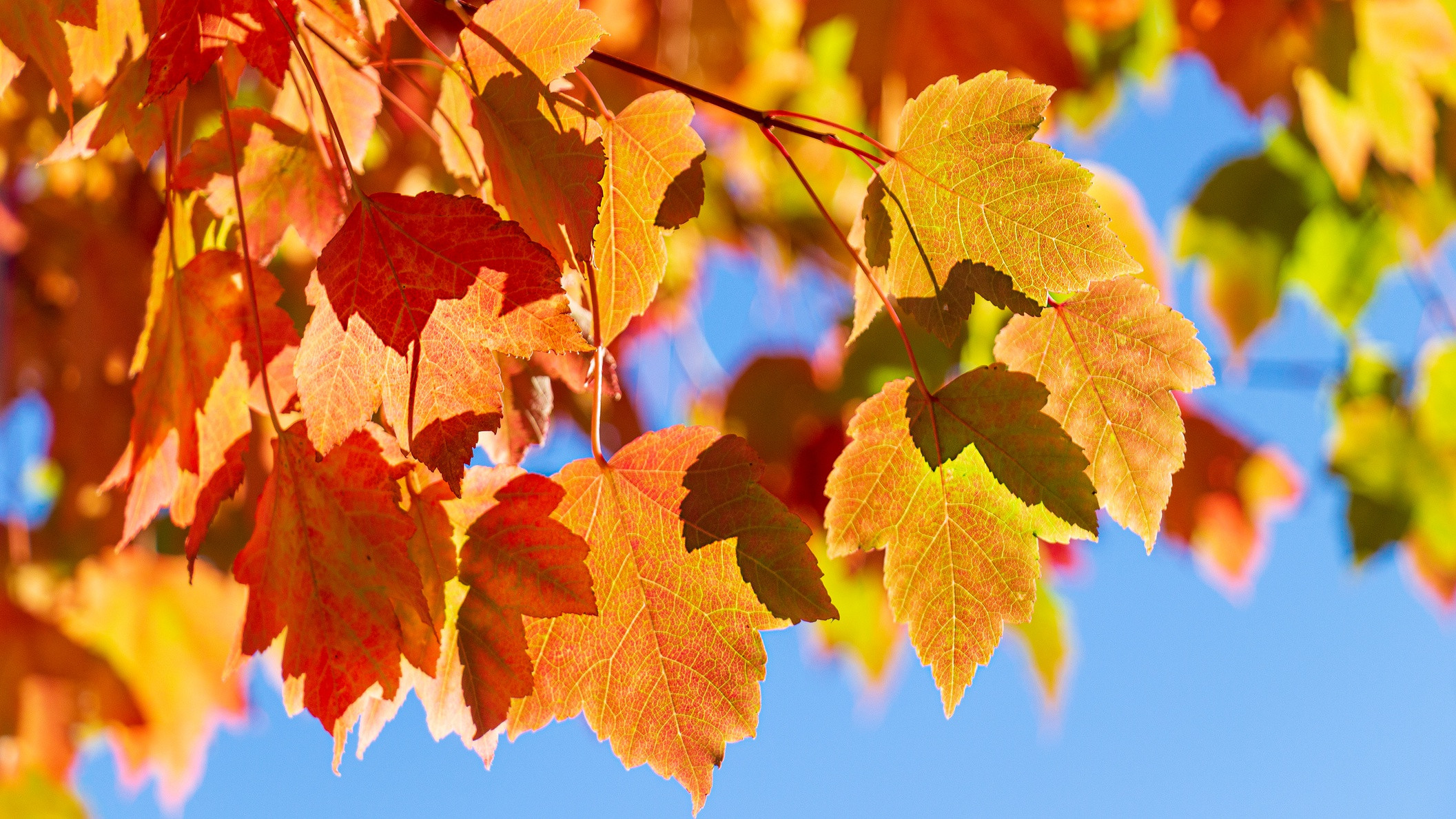As the summer heat fades and leaves begin their slow dance to the ground, fall 2024 is just around the corner, bringing the autumnal equinox — a cosmic event where night and day stand in perfect balance. This seasonal shift is more than just cooler weather; it’s when nature hits reset, inviting us all to prepare for the new season.
While we may hate to see the warm weather go, think about the leather jackets, stylish boots and other fall fashion go-to’s as we gear up for the new season. With the autumnal equinox marking the first day of fall, it’s time to trade in summer vibes for crisp air, cozy fits, and the total transformation of nature.
Here’s a comprehensive guide on everything you need to know about the autumnal equinox, the first day of fall and when it occurs across the country.
According to Encyclopedia Britannica, “equinox” derives from the Latin meaning “equal night,” but day and night aren’t exactly 12 hours each. The day is slightly longer due to differences in topography and atmospheric refraction, making the sun appear above the horizon longer than it is, giving us a few extra minutes of daylight during the equinox.
The autumnal equinox is a significant astronomical event that marks the official start of fall in the Northern Hemisphere. It occurs when the sun crosses the celestial equator, an imaginary line that extends from Earth’s equator into space. At this point, the tilt of the Earth’s axis (23.5 degrees) aligns so both hemispheres receive nearly equal amounts of sunlight, resulting in almost equal day and night hours across the globe, National Geographic reported.
There are two equinoxes each year: the autumnal equinox in September and the vernal (or spring) equinox in March. The autumnal equinox signals the transition from summer to fall, with days becoming shorter and nights longer. Conversely, the vernal equinox is the shift from winter to spring, when daylight hours gradually increase. These equinoxes occur as the Earth orbits the sun with its axial tilt, creating seasonal variations throughout the year in the Northern and Southern hemispheres.
According to a NASA report, the Maine Farmer’s Almanac introduced “Indian” names for the full moons in the 1930s, popularizing these terms. In September, the Algonquin tribes called the full moon the Corn Moon, marking the time to harvest staple crops like corn, pumpkins and beans. This full moon, which occurs closest to the autumnal equinox, is also known as the Harvest Moon.
The first recorded use of the term “Harvest Moon” in English dates back to 1706. Farmers often work late into the night by moonlight during the fall harvest season. Typically, moonrise occurs about 50 minutes later each night. Around the Harvest Moon, this interval is shorter — approximately 25 minutes in Washington, D.C., and just 10 to 20 minutes farther north in Canada and Europe.
The National Weather Service reported that the fall season officially starts on the autumnal equinox, which in 2024 occurs on Sept. 22 at 8:44 p.m. EDT. Here’s the breakdown by time zone:
When the Autumnal Equinox Arrives Across the Country
Eastern Time
September 22, 2024, at 8:44 p.m. EDT
Central Time
September 22, 2024, at 7:44 p.m. CDT
Mountain Time
September 22, 2024, at 6:44 p.m. MDT
Pacific Time
September 22, 2024, at 5:44 p.m. PDT
What Happens After the Autumnal Equinox?
After the autumnal equinox, the Northern Hemisphere experiences shorter days and longer nights until the winter solstice, which occurs on December 21, 2024. During this time, the sun’s rays are less direct in the Northern Hemisphere, resulting in cooler temperatures and shorter days.
The Southern Hemisphere experiences the opposite effect. After the autumnal equinox, the Southern Hemisphere’s days get longer, and nights get shorter, leading up to the summer solstice in December. This is why the Southern Hemisphere experiences its summer season during our winter.
The Significance of the Equinox
The autumnal equinox is a significant event in both nature and human culture. It signifies a time of transition, marking the end of one season and the beginning of another. For many cultures, the autumnal equinox is a time for celebration, reflection, and gratitude for the harvest.
Enjoy the Season
As the fall season officially begins, enjoy the changing colors of the leaves, crisp autumn air, and the cozy atmosphere that comes with the season. Take a walk in nature, enjoy a pumpkin spice latte, or curl up with a good book by the fireplace. Embrace the beauty and tranquility of fall.


















